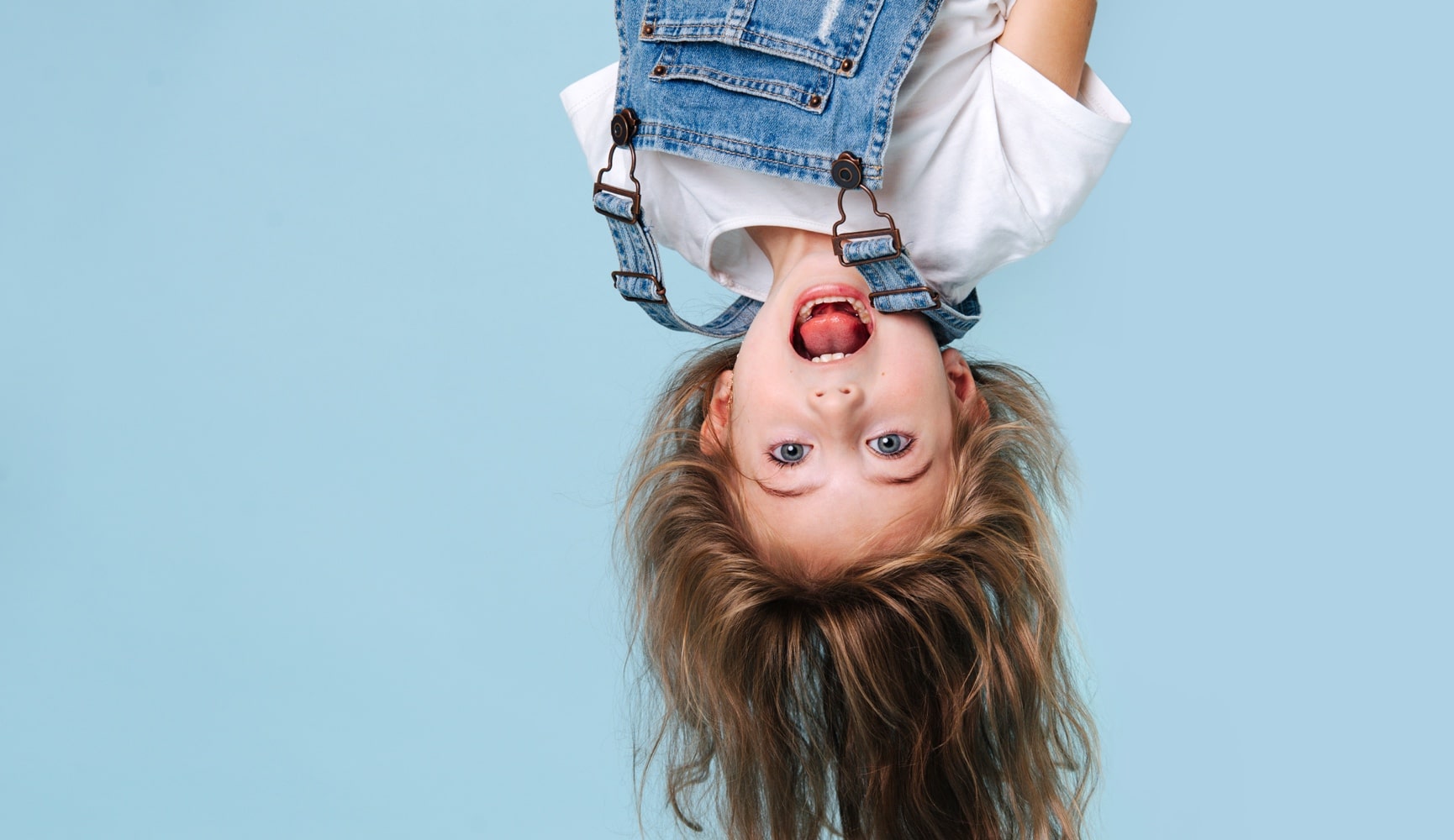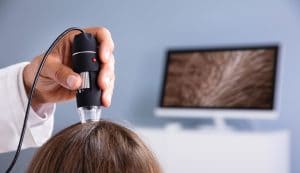For those who may not be familiar with head lice, they are microscopic, wingless insects that attach to human hair and draw blood from the scalp. Although mostly common in school-aged children, head lice, also known as pediculosis, can also affect adults as well. These tiny insects are usually grey or brown and between 1 mm to 3 mm in length. And more often than not, they are mistaken for dandruff because of the nits (lice eggs) that attach to the hair. However, unlike dandruff, regular shampooing is ineffective when it comes to getting rid of these pesky insects and the eggs that they produce. For some people, head lice may not trigger any symptoms at all; for others, however, head lice can cause the scalp to become extremely itchy. And scratching the scalp may cause the skin to break, which can lead to infection and further complicate matters.
HOW DO YOU GET RID OF HEAD LICE WHEN THERE IS A LOT OF HAIR?
If you or your child has developed head lice, you will likely want a treatment that works fast as to prevent the condition from becoming progressively worse. With that said, some of the most effective treatments for head lice removal include
INSECTICIDE PRODUCTS
When it comes to getting rid of head lice quickly, Rid, Pronto, A-200, and other products that contain synthetic or natural insecticides are effective in killing lice as well as the eggs that they hatch. Of course, none of these insecticide treatments work overnight. To get rid of head lice completely, you will need a minimum of two insecticide applications with the second one being administered seven days after the first one, which will help kill any head lice that may hatch from remaining eggs. While this method of removing head lice is effective, it is not without risk. Insecticide for head lice removal should not be used by women who are pregnant or to treat head lice in children under the age of two.
WET COMBING
Wet combing is an effective way to remove lice without being exposed to strong chemicals that could potentially irritate the scalp. It is also a great way to check for signs of infestation in your hair or your child’s hair. With that said, wet combing entails using a fine-toothed comb to remove head lice from individual strands of hair. For best results, you will need to spend 20 to 30 minutes each day for 2 to 3 day combing through the infected hair to ensure all lice and eggs are removed.
Along with insecticide products and wet combing, there are a variety of other treatments that can help get rid of head lice, including head lice treatment at a salon as well as prescription-based lotions, cream rinses, and shampoos. Although having head lice can be distressing, there are a variety of ways to get rid of it. For more information on head lice and available treatments, consider visiting us online at liceliftersdelval.com.





